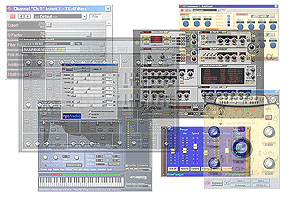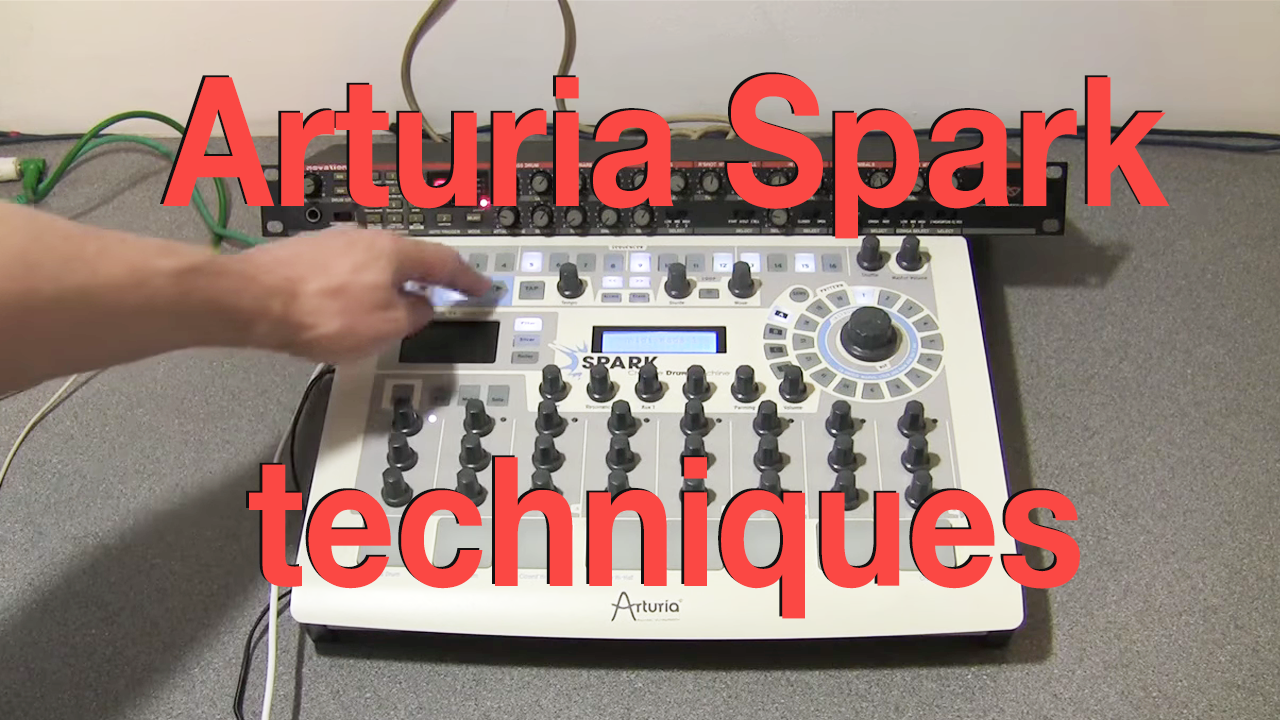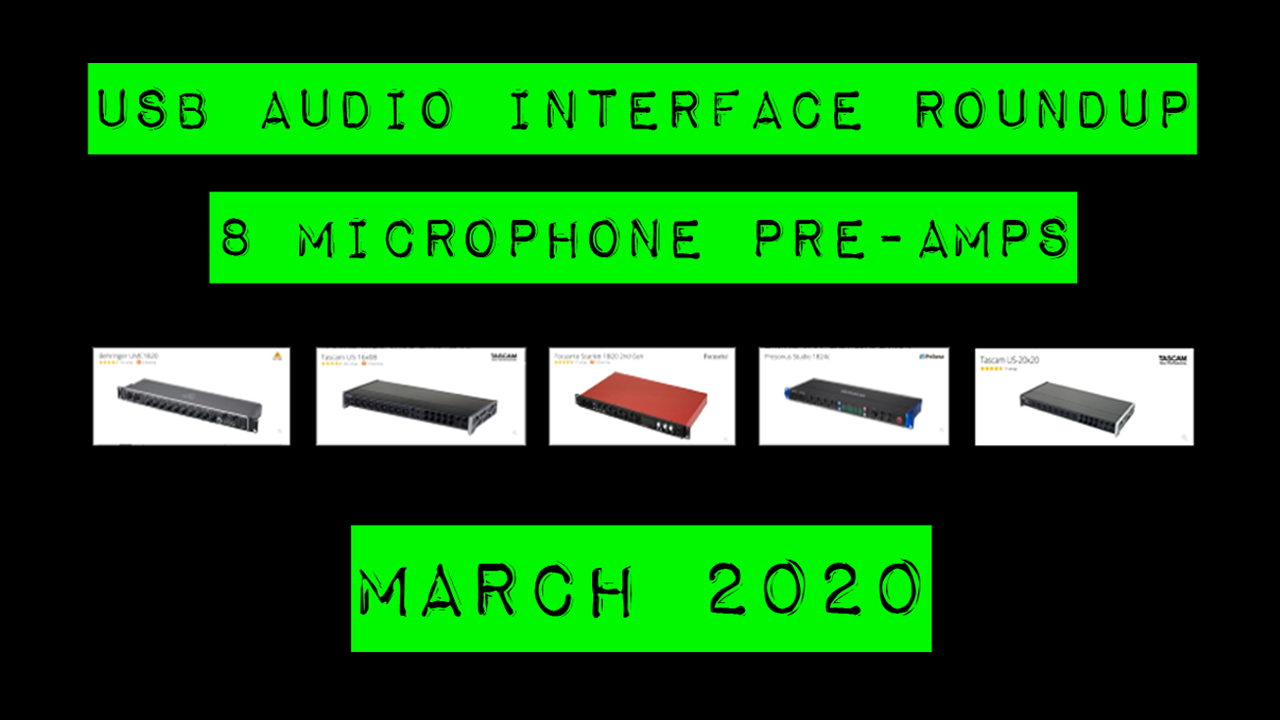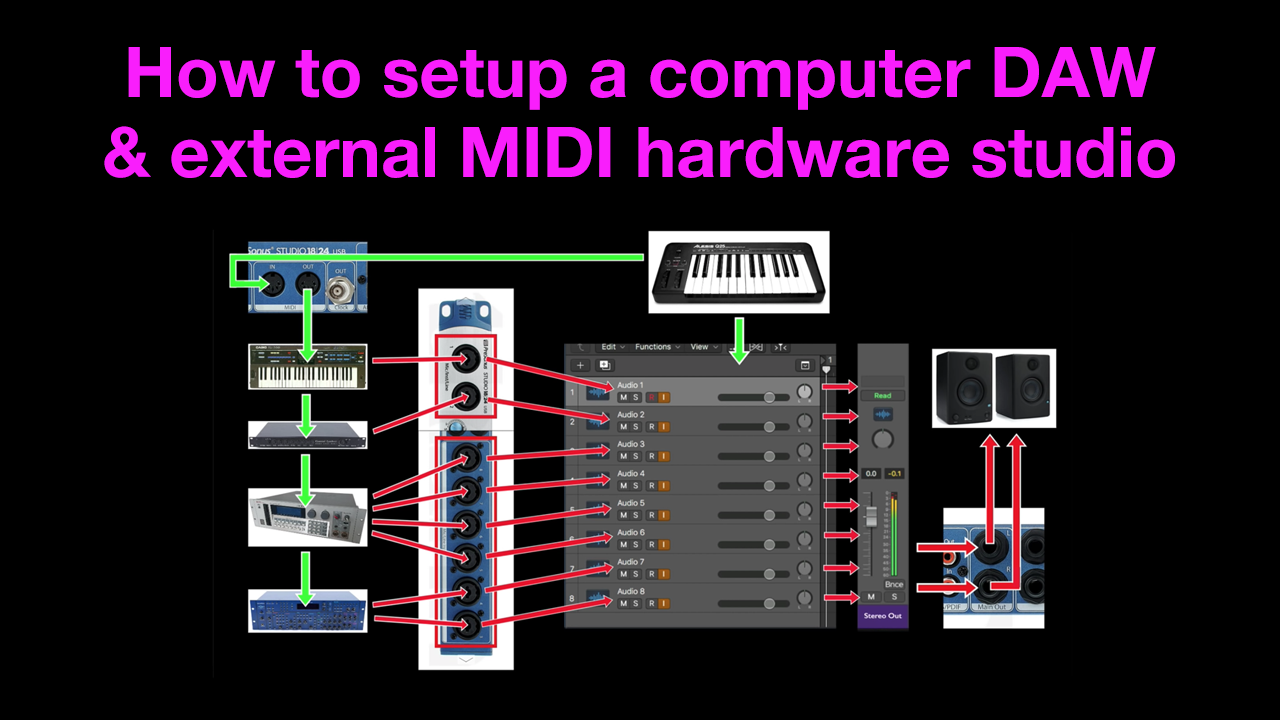Here's the P3 Intel info overview - This is for the P3 256kb cache version which goes from 450 MHz to 1.33 GHz clockspeed.
Of particular interest is the table, showing clock speeds, cache & operational frontside buss speeds etc. - I added this in for handy reference without having to trawl all over the www.

Product Description
The Intel� Pentium� III processor integrates the P6 Dynamic Execution microarchitecture, Dual Independent Bus (DIB) Architecture, a multi-transaction system bus, Intel� MMX� media enhancement technology and the Intel Processor Serial Number. In addition, the Intel Pentium III processor offers Internet Streaming SIMD Extensions, 70 instructions enabling advanced imaging, 3D streaming audio and video, and speech recognition for an enhanced Internet experience. Versions also include an Advanced Transfer Cache and Advanced System Buffering to meet the higher data bandwidth requirements of today's environments. With great performance for the Internet, the connected home, and multitasking environments, Pentium III processors are targeted at the range of mainstream consumer and business users. The Pentium III processor also meets the needs of entry-level workstations and servers.
Product Performance
The Pentium� III processor family delivers great performance. For the spectrum of Pentium� III processor performance, please visit the Intel� Processor Performance Web Site at http://www.intel.com/procs/perf/.
Product Highlights
- The Pentium� III Processor is available at speeds ranging from 450 MHz to 1.33 GHz
- Versions available with either a 133 MHz or a 100 MHz system bus
- Versions that incorporate 256 KB Advanced Transfer Cache (on-die, full-speed level 2 (L2) cache with Error Correcting Code (ECC) or versions that incorporate a discrete, half-speed, 256 KB in package L2 cache with ECC.
- Versions that incorporate Data Prefetch Logic (DPL), which anticipates the data needed by the application and pre-loads it into the Advance Transfer Cache, designed to further increase the processor and application performance.
- 32 KB (16 KB/16 KB) non-blocking, level 1 (L1) cache.
- P6 Dynamic Execution microarchitecture including multiple branch prediction, data flow analysis and speculative execution.
- Internet Streaming SIMD Extensions, consisting of 70 instructions that enable advanced imaging, 3D streaming audio and video, speech recognition and an enhanced Internet experience.
- Intel� MMX� media enhancement technology.
- Dual Independent Bus (DIB) architecture increases bandwidth and performance over single-bus processors.
- Memory cacheability up to 4 GB of addressable memory space and system memory scalability up to 64 GB of physical memory.
- Both dual-processor capable and uni-processor only versions.
- Data integrity and reliability features such as Error Correction Code, Fault Analysis and Recovery for both system and L2 cache buses.
- Versions based upon Intel�s 0.13, 0.18 and 0.25 micron manufacturing processes for increased processor core frequencies and reduced power consumption.
- Fully compatible with existing Intel Architecture-based software.
Intel's Pentium� III Processor for Desktop PCs and Entry Level Workstations and Servers
The Intel Pentium III processor family now includes versions up to 1.33 GHz for desktop PCs, as well as entry-level workstations and servers. All are binary compatible with previous generation Intel Architecture processors. Figure 1 summarizes the features of each currently available version.
|
Core Speeds / Versions
|
| FEATURES |
1.33, 1.20, 1.13A, 1A GHz
|
1B GHz, 933, 866, 800EB, 733, 667, 600EB, 533EB MHz
|
850, 800, 750, 700, 650, 600E, 550E MHz
|
1.10 GHz, 1, 850, 800, 750, 700, 650, 600, 550E, 500E MHz
|
1 GHz, 933, 866, 800, 733,667, 600EB, 533EB MHz
|
600B,
533B MHz
|
450, 500, 550, 600 MHz
|
| S.E.C.C.
2 Package |
|
X
|
X
|
|
|
X
|
X
|
| FC-PGA
370 pin Package |
|
|
|
X
|
X
|
|
|
| FC-PGA2 370 pin Package |
X
|
|
|
|
|
|
|
| 0.13 Micron Process Technology |
X
|
|
|
|
|
|
|
| 0.18 Micron Process Technology |
|
X
|
X
|
X
|
X
|
|
|
| 0.25 Micron Process Technology |
|
|
|
|
|
X
|
X
|
| 133 MHz System Bus |
X
|
X
|
|
|
X
|
X
|
|
| 100 MHz System Bus |
|
|
X
|
X
|
|
|
X
|
| 256 KB Level 2 Advanced Transfer Cache (full-speed) |
X
|
X
|
X
|
X
|
X
|
|
|
| 512 KB On-Package Half-Speed Level 2 Cache |
|
|
|
|
|
X
|
X
|
| Advanced System Buffering |
X
|
X
|
X
|
X
|
X
|
|
|
| Dual Processor Support |
|
X*
|
X
|
X
|
X
|
X
|
X
|
| 64 GB Memory Addressbility |
X
|
X
|
X
|
X
|
X
|
X
|
X
|
| 4 GB Memory Cacheability |
X
|
X
|
X
|
X
|
X
|
X
|
X
|
| Streaming SIMD Extensions |
X
|
X
|
X
|
X
|
X
|
X
|
X
|
| Intel Processor Serial Number |
|
X
|
X
|
X
|
X
|
X
|
X
|
| Dual Independent Bus Architecture |
X
|
X
|
X
|
X
|
X
|
X
|
X
|
| Dynamic Execution |
X
|
X
|
X
|
X
|
X
|
X
|
X
|
| Intel MMX� Media Enhancement Technology |
X
|
X
|
X
|
X
|
X
|
X
|
X
|
Note: �A�,�E�, �B� and �EB� nomenclature is used to differentiate processors within a processor speed designation when there is an overlap between processor frequencies and functionality.
- �A� designates 0.13 micron manufacturing process
- �E� designates Advanced Transfer Cache and Advanced System Buffering support.
- �B� designates 133 MHz System Bus support.
- �EB� designates Advanced Transfer Cache, Advanced System Buffering and 133 MHz System Bus support.
Note: All processors greater than 600 MHz include the Advanced Transfer Cache and the Advanced System Buffering functionality.
* Note: Pentium� III processor at 1.33, 1.20 and 1.13 GHz does not support Dual Processor. Please refer to the Pentium� III Processor Quick Reference Guide for dual processor capability listed by processor s-spec.
|
Processor
Package Options
Pentium III processors are now
available in three different package options: Single Edge Contact Cartridge 2 (S.E.C.C.2), Flip-Chip Pin Grid Array (FC-PGA) and Flip-Chip Pin Grid Array 2 (FC-PGA2). The FC-PGA and FC-PGA2 packages are designed for the new breed of sleek, powerful, small form factor PCs. See Figure 1 for versions available in each package type.
P6 Dynamic
Execution Microarchitecture
- Multiple branch prediction: predicts program execution through multiple branches, accelerating the flow of work to the processor.
- Dataflow analysis: Creates an optimized, reordered schedule of instructions by analyzing data dependencies between instructions.
- Speculative execution: carries out instruction execution speculatively and based upon this optimized schedule, ensures that the processor�s superscalar execution units remain busy, boosting overall performance.
Dual Independent Bus (DIB)
The Pentium� III processor supports the high-performance Dual Independent Bus (DIB) architecture. The DIB architecture places the level 2 cache on a dedicated, high speed cache bus allowing for the system bus to be freed up from cache traffic. This provides significantly higher overall system bandwidth and allows for a dramatic improvement in system performance and scaleability.
Non-Blocking Level 1 Cache
The Pentium� III processor includes two separate 16 KB level 1 (L1) caches, one for instruction and one for data. The L1 cache provides fast access to the recently used data, increasing the overall performance of the system.
256 KB Level 2 Advanced Transfer Cache
(Available on certain versions as specified in Figure 1)
The Advanced Transfer Cache (ATC) consists of microarchitectural improvements to provide a higher data bandwidth interface between the level 2 cache and the processor core that is completely scaleable with the processor core frequency. Features of the ATC include:
- Non-Blocking, full speed, on-die level 2 cache
- 8-way set associativity
- 256-bit data bus to the level 2 cache
- Reduced latency interface to cache data
(as compared to discrete caches)
Non-Blocking Level 2 Cache
(Available on certain versions as specified in Figure 1)
Certain versions of the Pentium� III processor include a Discrete, off-die level 2 (L2) cache. This L2 cache consists of a 256 KB unified, non-blocking cache that improves performance over cache-on-motherboard solutions by reducing the average memory access time and by providing fast access to recently used instructions and data. Performance is also enhanced over cache-on-motherboard implementations through a dedicated 64-bit cache bus.
Advanced System Buffering
(Available on certain versions as specified in Figure 1)
The Advanced System Buffering consists of optimizations in the system bus buffer sizes and bus queue entries that result in an increase in the utilization of the available bandwidth on the 100 and 133 MHz system bus.
- 4 writeback buffers
- 6 fill buffers
- 8 bus queue entries
Internet Streaming SIMD Extensions:
The Internet Streaming SIMD Extensions consist of 70 instructions and includes single instruction, multiple data for floating-point, additional SIMD-integer and cacheability control instructions. Some of the benefits to desktop and Internet applications of Internet Streaming SIMD Extensions include:
- Higher resolution and quality images can be viewed and manipulated than previously possible
- High quality audio, MPEG2 video, and simultaneous MPEG2 encoding and decoding
- Reduced CPU utilization for speech recognition, as well as higher accuracy and faster response times
Up to 133 MHz System Bus
- The system bus runs at 100 MHz or 133 MHz (available on certain versions outlined in Figure 1) allowing for a 33% increase in available bandwidth to the processor (over 100 MHz system bus)
- The system bus supports multiple outstanding transactions to increase bandwidth availability. It also provides �glueless� support for up to two processors (S.E.C.C.2 package only). This enables low-cost, two-way symmetric multiprocessing, providing a significant performance boost for multi-tasking operating systems and multi-threaded applications.
Other significant features of the Pentium� III Processor
- A pipelined Floating-Point Unit (FPU) for supporting the 32-bit and 64-bit formats specified in IEEE standard 754, as well as an 80-bit format.
- Parity-protected address/request and response system bus signals with a retry mechanism for high data integrity and reliability.
Features Used for Testing and Performance Monitoring
- Built-in Self Test (BIST) provides single stuck-at fault coverage of the microcode and large logic arrays, as well as testing of the instruction cache, data cache, Translation Lookaside Buffers (TLBs), and ROMs.
- IEEE 1149.1 Standard Test Access Port and Boundary Scan mechanism enables testing of the Pentium III processor and system connections through a standard interface.
- Internal performance counters for performance monitoring and event counting.
- Incorporates an on-die diode that can be used to monitor the die temperature. A thermal sensor located on the motherboard can monitor the die temperature of the Pentium III processor for thermal management purposes.
The Pentium III processor may contain design defects or errors known as errata. Current characterized errata are available upon request.
Internet applications are evolving at a tremendous rate and include browser, 3D, and multimedia technologies. In attempting to evaluate processor Internet performance, PC users should consult the productivity, 3D, and multimedia benchmarks. Additionally, Java Internet technology benchmarks can be used to measure Java aspects of the Internet experience.
Pentium� III Processor Quick Reference Guide
Intel� Pentium� III Processor Based on 0.13 Micron Process Up to 1.33 GHz Datasheet
The Intel� Pentium�
III processor on 0.13 micron process for the PGA370 socket is the next
member of the P6 family in the Intel IA-32 processor line. The Intel� Pentium�
III processor on 0.13
micron process will continue in the package technology called flip-chip pin grid array but will contain a
Integrated Heat Spreader (IHS]. The flip-chip with IHS package will be labeled as FC-PGA2 and will utilize
the same 370-pin zero insertion force socket (PGA370). Thermal solutions contact the IHS directly
for the FC-PGA2 package and not to the bare-die as with the FC-PGA attachment.
Related Documents
- File Name/Size:
- 24976502.pdf
1549807 bytes
- Download From:
-
U.S. FTP Server (Download within North America)
-
Mirror FTP Sites (Download from international areas)
-
U.S. Web Server (Available for byte serving)



























0 comments
Add review/comment